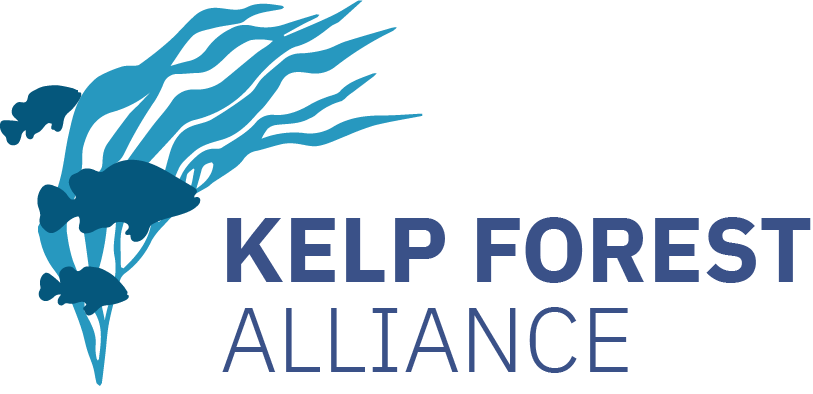Restoration Objective:
The Pendleton Artificial Reef (PAR) was built to determine the potential of artificial reefs for mitigating or compensating for possible losses of kelp-reef habitat caused by operation of coastal power plants.
Site Selection Criteria:
The reef was constructed on a featureless sandy bottom (-13.1 mean lower low water) 1.8km offshore.
Cause Of Decline:
Kelp forests are nearshore habitats containing large brown algae that form dense, structurally complex, species-rich surface canopies. Kelps also provide beneficial services to humans through direct harvest, increased fisheries productivity and recreation activities. Given these characteristic, it may be beneficial to create kelp forests to replace natural forests that have been altered by human activities, such as the operation of coastal power plants.
Key Reasons For Decline:
Physical Disturbance
Scientific Paper
Benthic Succession on an Artificial Reef Designed to Support a Kelp–Reef Community
Bulletin of Marine Science, Vol. 37.
https://www.ingentaconnect.co...5/00000037/00000001/art00007



